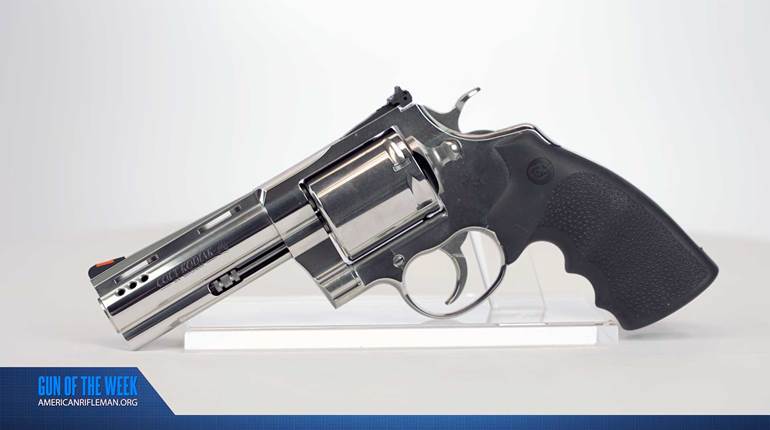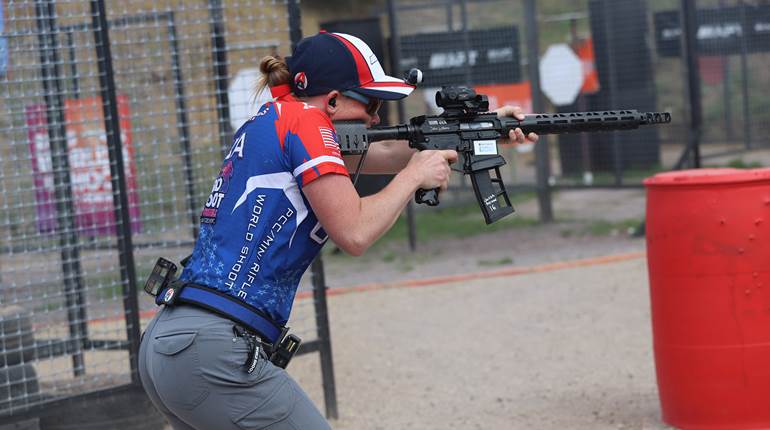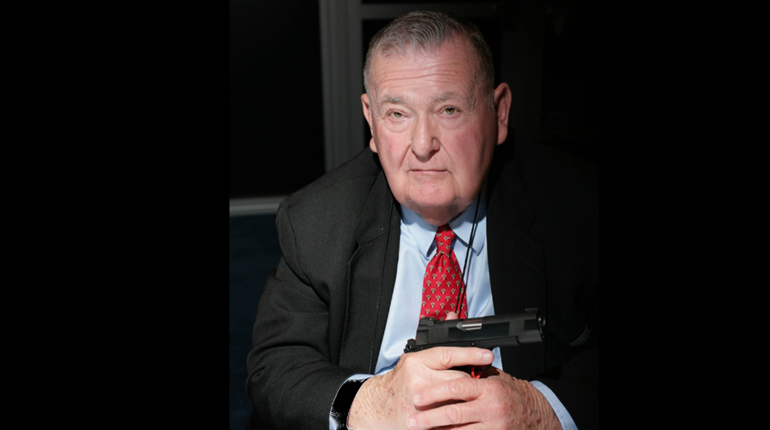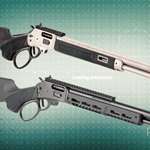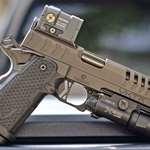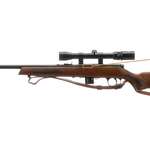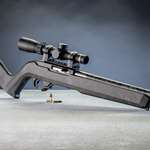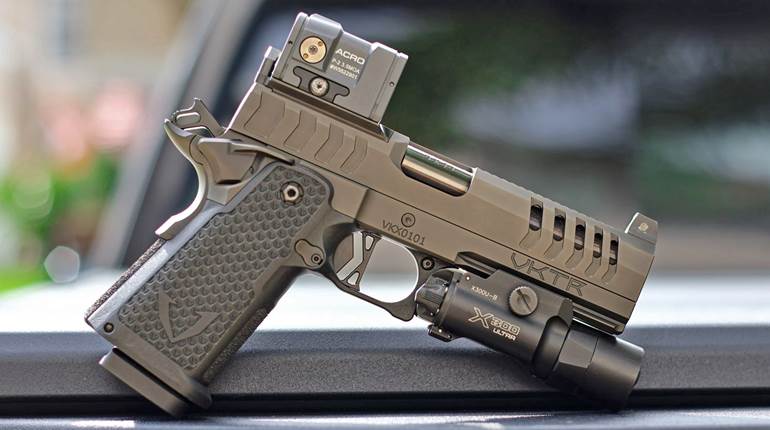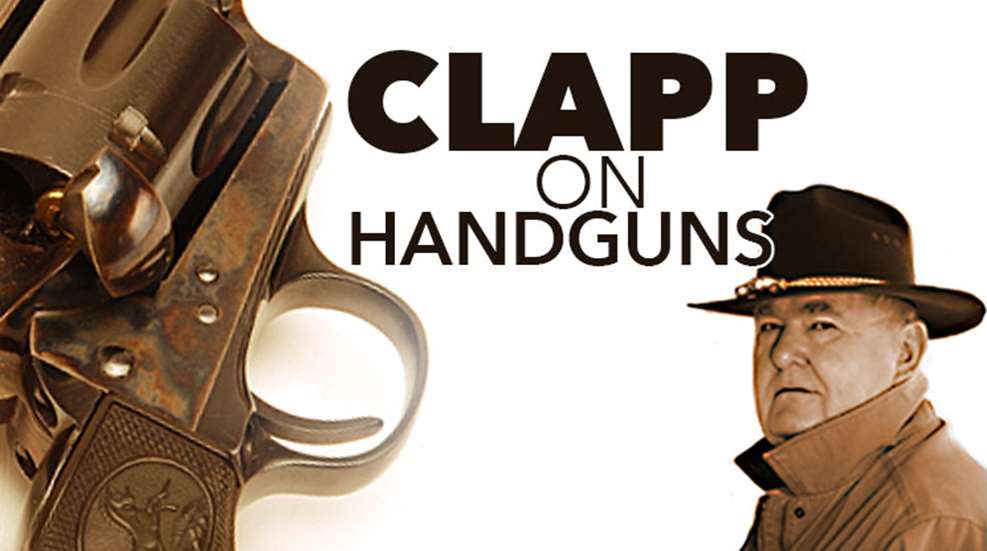
Once in a while, a gun comes along that offers such a unique combination of features that it is quickly popular, occasionally beyond logic. Sometimes, it takes a few years for a gun to achieve that almost iconic status. I am not sure how it went with the gun in question, but it is certain that the pre-war Colt Woodsman is a classic handgun that enjoys cult favorite status. As most handgunners are aware, the Woodsman is a handy-size .22 auto that was the gold standard in this type of gun during the period before and immediately after World War II.
The Woodsman enjoyed a long service life and came in several variations. First offered by Colt in 1915, the gun was originally a John Browning design, later improved by Colt engineers. It was not marketed or marked with the Woodsman name until 1927. In the pre-war era, the Woodsman came with either a 4 ½-inch or 6 ½-inch barrel. There was also a longer gun with a heavy flat-sided 6 ½-inch barrel and adjustable sights. All variations of the Woodsman used the same rather steeply angled grip, which was very good for point shooting techniques. However, it was not so well suited for the deliberate aimed shooting of the competition ranges. Colt noted this and installed wooden grips that partially corrected the angle problem. That may have been necessary for precise target work, but informal shooters and small game hunters seem to like the angled grip just fine. Even during the depression, Colt sold plenty of the little .22s.
There were plenty of reasons for that. For one thing, the gun was made—“the old way”—with precisely machined forgings. It was fitted up with great care and polished before bluing. Beyond the quality of its construction, the Woodsman caught the shooting public’s fancy because it was about as sleek a gun as you will ever find. Every edge and corner seemed amenable to a firm human grasp. There was enough steel to be a gun with a serious heft, but modest dimensions made it slim and trim. More than a few of the little Colt 22s found a home in a farmer’s, trapper’s or outdoorsman’s jacket pocket. There they lived until needed. It was not only a blue collar man’s handgun either. Novelist Ernest Hemingway and actor Gary Cooper included a Woodsman in their kits when they went afield.












